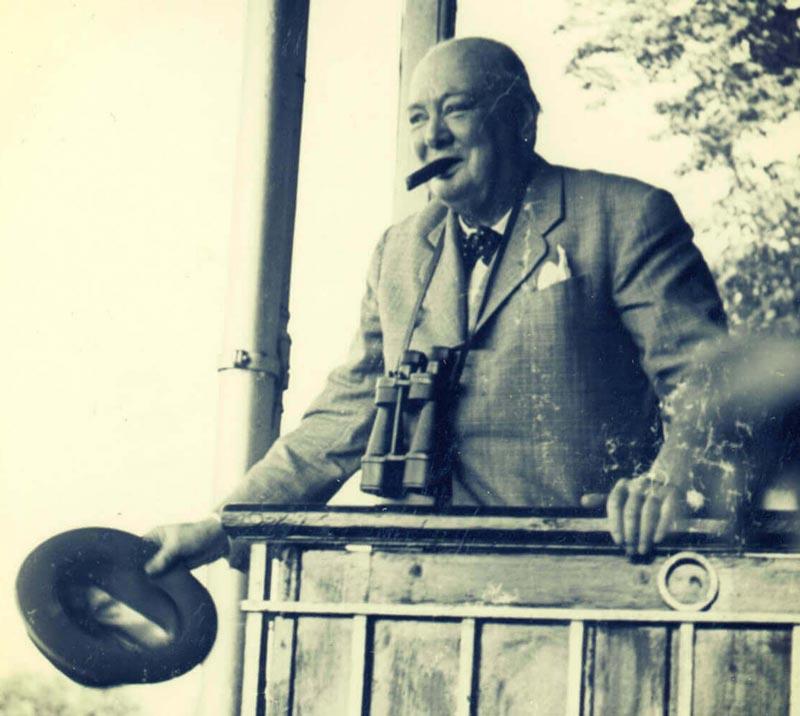
700 years ago, Windsor Great Park was enclosed as a royal hunting ground and it is easy to imagine the kings of England and assorted noblemen arranging contests between each other’s horses. Races took place there and at Datchet Mead during the reign of Henry VIII.
1600s
Racing at Datchet Ferry was recorded in 1682 during the reign of Charles II, who was such a big racing fan that he set up his court at Newmarket. In the 18th century Windsor’s main claim to fame in the racing world was a base for those attending the Royal Ascot meeting each June. Though it had its own races from time to time, the meeting at Egham was more important.
1800s
The growth of steeplechasing in the mid-19th century led to the running of increasingly regular military meetings, which were increasingly patronised with royal and aristocratic watchers. Flat racing began on Rays Meadow, the current site, in 1866. It was established by John Frail, who graduated from humble beginnings as a barber to managing Disraeli’s election campaigns in the Midlands. He and his family went on to own and run a number of racecourses. In terms of quality Windsor races did not attempt to compete with Ascot, but gave opportunities to owners of lesser horses in a pleasant setting not far from London. Before long jump racing was established here too.
1900s
In 1923 Windsor was the scene of a notable triple dead heat. Racecourses then did not have the benefit of photo-finish cameras, but one photographer who was present managed to capture the unique image of three horses crossing the line together.
As Home Secretary Winston Churchill introduced a new Betting Tax in 1926, to almost universal displeasure. On its first day bookmakers at the Windsor race meeting went on strike, refusing to take bets from punters. The tax was scrapped a few years later. Churchill was forgiven by the time he developed an interest in racing and bought some racehorses. His most popular horse, Colonist II, won at Windsor in 1949.
Windsor was one of the few courses allowed to stage race meetings during both wars. On one occasion a flying bomb fell during racing, but no lives were lost.
In the 1960s the Monday evening meetings were instituted, which today stretch from spring until the end of the summer. National Hunt racing’s greatest supporter, Her Majesty The Queen Mother, was always keen to look in if a fixture coincided with a stay at the castle, especially if one of her horses was running.
2000s
Jump racing ceased in 1998, which had the benefit of preserving the ground for the more lucrative flat race season, though it enjoyed a temporary revival in 2004/05 while Ascot was closed for redevelopment and Windsor took over some of its fixtures.
Windsor hit the headlines in October 2012 when champion jockey Richard Hughes rode seven winners in one afternoon.
For an in-depth look into the history of Royal Windsor Racecourse, buy a copy of The History of Royal Windsor by Jim Beavis.
Buy Now






















